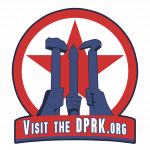The Mount Paektu Bloodline, also known as the Paektu Lineage or Kim Family Bloodline, is the term most often used to describe the dynastic succession of leadership in the Democratic People’s Republic of Korea. While the term is largely used by external analysts and foreign media, it is based in the political reality that since the founding of the DPRK, the head of state has always been a direct descendant of President Kim Il Sung.
There is a strong perception, both inside and outside North Korea, that any future leader of the country must belong to this specific bloodline. This narrative has shaped international commentary on North Korea’s leadership transitions. However, it is not a legal requirement under the DPRK’s constitution, which defines the state as a socialist republic governed by the principles of the Workers’ Party of Korea.
This article explores the historical development, structure, and significance of the Mount Paektu Bloodline, tracing its origins and analyzing its current and future implications.
Origins of the Bloodline
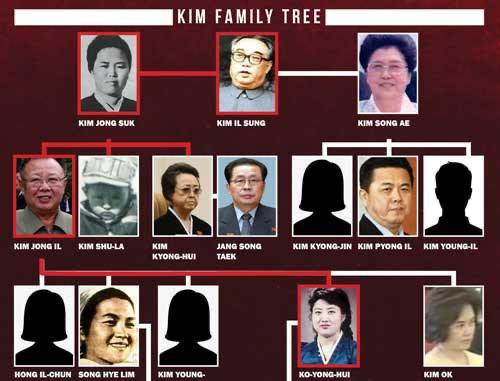
While the bloodline is officially considered to begin with President Kim Il Sung, North Korean historical narratives often trace revolutionary roots further back to his ancestors. According to state accounts, the revolutionary tradition of the Kim family began with Kim Ung U, the great-great-grandfather of Kim Jong Un.
Kim Ung U is said to have played a role in the General Sherman Incident of 1866, in which an American ship was destroyed by Korean forces in Pyongyang. While the veracity of his participation is debated outside the country, North Korean historiography credits him as the original revolutionary ancestor.
He was followed by his son Kim Bo Hyon, the grandfather of Kim Il Sung. Though less is written about his direct revolutionary activities, he is often described as having shared in the anti-foreign struggles of the late nineteenth century. Kim Bo Hyon was married to Lee Bo Ik. Together they had seven children, including Kim Hyong Jik and Kim Hyong Gwon, both of whom were prominent in North Korean revolutionary history.
Kim Hyong Jik and Kim Hyong Gwon
Kim Hyong Jik, the father of Kim Il Sung, is widely revered in North Korean literature as a pioneer of the anti-Japanese resistance. He was involved in early underground nationalist movements and is said to have instilled revolutionary principles into his children.
His younger brother, Kim Hyong Gwon, is remembered as a martyr of the Korean independence movement. Captured and killed by Japanese authorities in 1936, he is regarded as a heroic figure and several sites and institutions in North Korea bear his name. Both men are honored in official narratives and are considered central figures in the ideological foundation of the state.
First Generation of Leadership: Kim Il Sung
Born in 1912, Kim Il Sung led the anti-Japanese partisan movement in Manchuria before emerging as the founding father of North Korea in 1948. Following the liberation of Korea from Japanese rule in 1945, Kim Il Sung became the chairman of the Korean Workers’ Party and eventually the country’s head of state.
Under his leadership, North Korea developed a centralized political system and adopted the ideology of Juche, or self-reliance. He ruled the country until his death in 1994, becoming one of the longest-serving heads of state in the world.
Although Kim Il Sung had multiple children, the choice of successor was not determined by primogeniture or simple lineage. At one point, his younger brother Kim Yong Ju was considered a likely heir. An important political figure in the 1960s and early 1970s, Kim Yong Ju held senior party positions but was gradually sidelined as the political rise of Kim Jong Il began.
Kim Yong Ju later returned to government service in a ceremonial capacity and passed away in 2021 at the age of 101. His role in North Korean politics highlights the fact that bloodline alone was not sufficient to guarantee leadership, especially if it lacked political or military support.
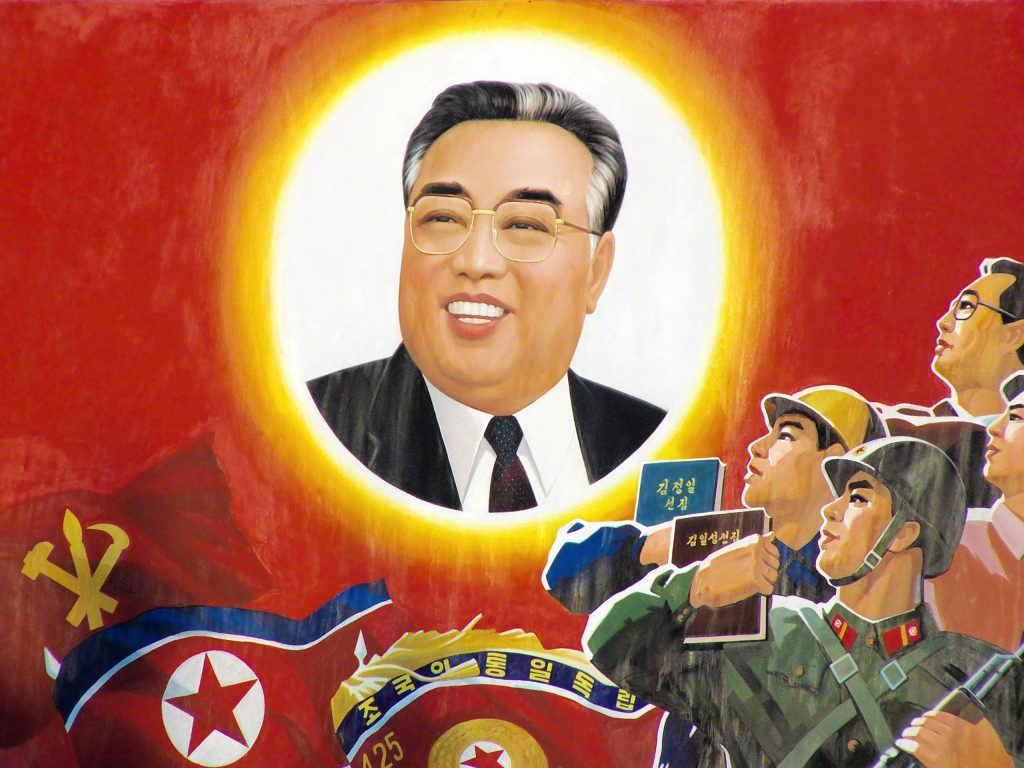
Second Generation: Kim Jong Il
Kim Jong Il, born in 1941 or 1942, became the undisputed heir apparent by the 1980s. His mother, Kim Jong Suk, was a well-known partisan fighter and is deeply revered in North Korea. She died in 1949, but her status as the mother of the revolution added considerable weight to her son’s legitimacy.
Unlike many hereditary systems that prioritize the first-born son, Kim Jong Il was chosen for a combination of reasons including loyalty from key party members, personal charisma, and his experience in the Party’s Propaganda and Agitation Department. His half-brother Kim Pyong Il, who bore a striking resemblance to Kim Il Sung, was sent abroad in a diplomatic capacity and spent decades serving as ambassador to various countries in Europe.
Kim Jong Il officially assumed leadership upon his father’s death in 1994. His time in power was marked by economic hardship, international isolation, and a strong focus on military development. Nevertheless, he successfully consolidated power and maintained the ruling system.
Kim Jong Il had several children with different partners, adding complexity to the question of succession for the third generation.
Third Generation: Kim Jong Un and His Siblings
Kim Jong Il’s known children include Kim Jong Nam, Kim Jong Chol, Kim Jong Un, Kim Yo Jong, and Kim Sul Song. The most famous of these in international media was Kim Jong Nam, who was at one point believed to be the chosen successor. However, after a series of events including an incident involving a fake passport and a trip to Japan, he fell from favor and spent much of his life in exile.
Kim Jong Chol was considered by some insiders to be too soft or artistically inclined to lead. He has rarely been seen in political settings and is known for his interest in music. Kim Sul Song once appeared at public events with her father but has since disappeared from the public eye.
Kim Jong Un was chosen to succeed his father, a decision reportedly made around 2009. He made his public debut in 2010 and was promoted to high military ranks and party positions. Upon Kim Jong Il’s death in 2011, Kim Jong Un assumed leadership, becoming the third member of the Kim family to head the state.
Kim Yo Jong, his younger sister, is also an important figure. She has represented the DPRK in diplomatic engagements and has appeared alongside her brother at key events. Her growing profile has led to speculation that she could act as a regent or even as a potential successor if needed.
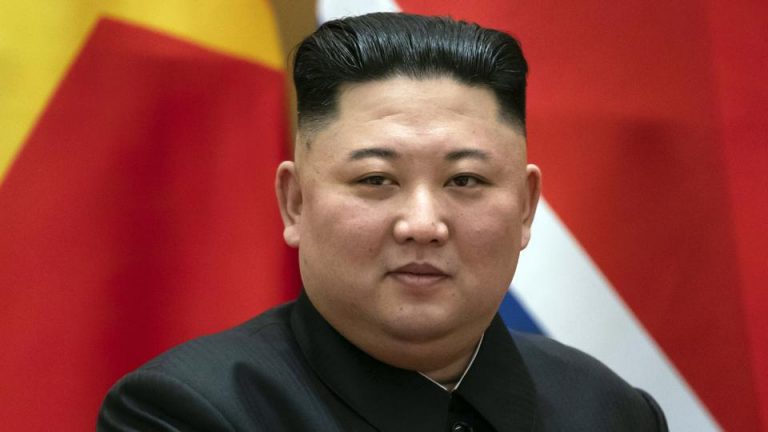
The Fourth Generation: The Future of the Paektu Bloodline
Very little is known about the children of Kim Jong Un. He is believed to have three children with his wife Ri Sol Ju, one of whom, a daughter named Kim Ju Ae, has appeared publicly alongside her father at several key events. These include missile tests and military parades. Her inclusion in such events has fueled speculation that she is being groomed for leadership.
Whether Kim Ju Ae will become the fourth-generation leader remains uncertain. Traditionally, leadership has passed through male successors, but her appearances may indicate a shift in how the regime views gender and succession. Alternatively, her presence may serve symbolic purposes, reinforcing the family’s dynastic image without indicating a concrete succession plan.
There are also other potential candidates within the broader Kim family. Kim Jong Nam’s son, Kim Han Sol, once appeared in a video criticizing the regime but has since gone silent. Reports suggest he may be under protection, possibly in Europe, and his future role remains unknown.
Kim Yo Jong has children of her own, although their identities and possible involvement in politics are entirely speculative at this point.
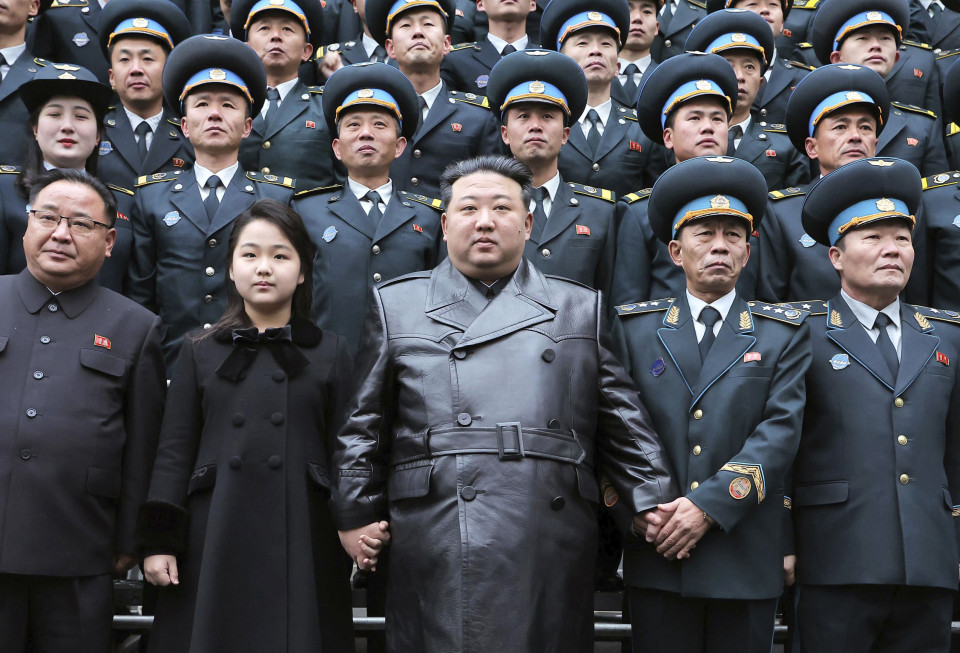
Ideology versus Dynastic Reality
Officially, North Korea defines itself as a socialist state guided by the principles of Juche and democratic centralism. The party, not a royal family, is supposed to lead the nation through collective decision-making. However, the reality has shown a consistent pattern of leadership passing from one generation of the Kim family to the next.
The reverence for Kim Il Sung and Kim Jong Il is institutionalized in state media, education, and public monuments. Their writings are studied in schools, their images displayed in homes and offices, and their birthdays celebrated as national holidays. This cult of personality has fused the revolutionary history of the state with the legacy of a single family.
This dynamic creates an environment where legitimacy stems not only from political skill or ideology but also from bloodline..
Conclusion
The Mount Paektu Bloodline remains central to understanding leadership in North Korea. From Kim Ung U’s revolutionary exploits to the modern appearances of Kim Ju Ae at missile tests, the family has played a unique and enduring role in shaping the state.
Whether or not future leaders will come from the same lineage is unknown. However, under the current system and with the legacy of Kim Il Sung still dominating political life, it remains highly likely that any future leader will bear the same family name and descend from the same bloodline.
So, is the DPRK a monarchy? I will explore this in a later article, although the simple answer is that no, it is not. It would though be fair to say that the Paektu Bloodline does give it some monarchistic elements.
Bookmark us for the latest news on DPR Korea.
